Ask a Distributor: We ask distributors for their purchasing advice, products to watch in 2018

Spoiler alert: Tariffs are causing problems
The elephant in the room is the effect of tariffs on the module market, so naturally distributors we chatted with in November were most concerned about that.
“If possible, secure and stock modules now before any potential tariffs,” Leone notes. “If that is not possible, be upfront with customers about the tariff situation now and let them know any prices quoted now are subject and likely to change.”
But two more general trends to watch for are high-efficiency modules (these are being universally recommended lately) and also module manufacturers who are implementing string-level optimization. The latter are designed in such a way that module-level electronics might be a thing of the past.
Choose stable brands that have the best value, and be open to alternative options to cover yourself as costs increase; allow room for improvising and be ready to accept adaptation.
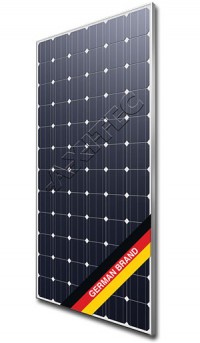 Consistency is key
Consistency is key
The 72-cell polycrystalline and monocrystalline solar modules of the AXIpower and AXIpremium series are the specialties among the Axitec solar modules. These high-performance solar modules with efficiencies of up to 17.83 percent and excellent low light performance, guarantees a higher output. Years of experience in development, production and distribution of solar modules enable Axitec to provide above-average guarantees. Whether it’s positive tolerances, a 12-year guarantee or linear performance guarantee, the customer always receives an added value of quality and performance.
“Axitec is another module to watch for its highly reliable and consistently available 72-cell modules,” Kyler says.
Complete kit
Important note for those unfamiliar: Upsolar works with selected manufacturing partners to assemble its own Upsolar modules. “We test the components, procure the [bill of material] ourselves and deliver it to the manufacturing partner. It then uses our material and specifications to assemble an Upsolar module.”
To make sure the manufacturing partner builds it as planned, a team of Upsolar QC employees are on site with the manufacturing partner to supervise production.
Right now the Upsolar mono 60-cell is trending: PERC, black frames, white back-sheet 300 watt and tariff-free (because it’s not beholden to any one manufacturer). Upsolar can combine the modules in a complete kit (APsystem microinverters, string inverter or SolarEdge, plus a full racking system with attachments) and financing for homeowners. Its C&I solution is a mono 72-cell version in the 355 to 360 W range.
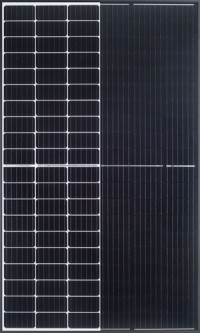 Split cells boost efficiency
Split cells boost efficiency
The new Q.PEAK DUO-G5 and from Hanwha Q CELLS provides high performance on a small surface due to its Q.ANTUM DUO Technology. Q.ANTUM’s cell concept has been combined with 120 half cells and a six busbar design, boasting power output of up to 330Wp. Q.PEAK DUO-G5’s six busbar design and round wire technology in place of ribbon attributes to 3 and 2 percent power increases respectively. Hanwha Q CELLS provides a 98 percent power guarantee during the first year, and less than 0.54 percent annual degradation afterwards, with a 25-year degradation of lower than 15 percent. There is also the Q.PEAK DUO BLK-G5 for you all-black panel fans.
The Civic Solar team noted: “Q Cells split cell technology is another step up in cell efficiency and power density. We hope this step will continue to improve ROI.” Schoder does caution, while they will increase cell efficiencies, “they may also impact your current stringing methods and designs because the junction box is located in the middle.”
The integrated pair to watch
We first caught a glimpse of the new Fronius Symo Advanced at Solar Power International 2017, which was the first inverter out on the market with an integrated Power Line Communication (PLC) transmitter based on the recently published SunSpec Communication Signal for Rapid Shutdown. This industry standard is a multi-vendor and multi-device communication specification for inverters, modules and string combiners to support NEC 2014, NEC 2017 and UL 1741 module-level rapid shutdown requirements. Pair this with an all-new, low-profile Fronius Rapid Shutdown Box to meet NEC 2014 (690.12) and NEC 2017 (Array Disconnect) compliance, or skip that step and just pair it with modules that include cell-level optimizations like the Maxim chip to accomplish the same thing.
“Fronius inverters with Maxim-integrated modules offer the greatest cost-savings and energy production,” Schoder says.

Choose your own adventure
There are two schools of thought on the best approach to eBOS architecture and inverter technology on the market in 2018, both focused on your approach at the module level.
Bailey and Blue Frog are big proponents of the microinverter.
“Our installers are loving the APsystems microinverters because they serve multiple PV modules, which means they also reduce the installation labor time, stocking/inventory costs. Even transporting them to the site and getting them up on the roof is easier. With so many installers looking for an edge to reduce their soft costs, win bids and become more profitable, multi-module microinverters just make a lot of sense.”
Civic Solar is a big proponent of pairing optimizers or Maxim module-embedded technology with string inverters.
“Our installers love the optimization without the cost of microinverters,” McShea says.
“We are keeping our eyes on the Maxim-integrated modules at the moment and are curious how they can gain traction in the market,” Dufrenne says.
Bottom line, on the rooftop in 2018, there is a lot to consider at the module level. On larger jobs, transformerless commercial string inverters are hugely impactful. They are helping bring down inverter costs on commercial jobs without the need for large combiners and subcombiners.
Top microinverter out there
We mentioned this in our recap from Solar Power International in our previous issue, but several distributors gave a shoutout to APsystems’ YC600, a dual-module, utility-interactive microinverter with reactive power control (RPC) technology and Rule 21 grid support functionality. It offers an unprecedented 300-VA peak output power per channel and works with 60- and 72-cell PV modules, offering dual, independent MPPT per panel. The unit operates within a wider MPPT voltage range than competing brands for a greater energy harvest and boasts a durable, NEMA 6-rated, powder-coated aluminum enclosure, bucking today’s trend of plastic casings.
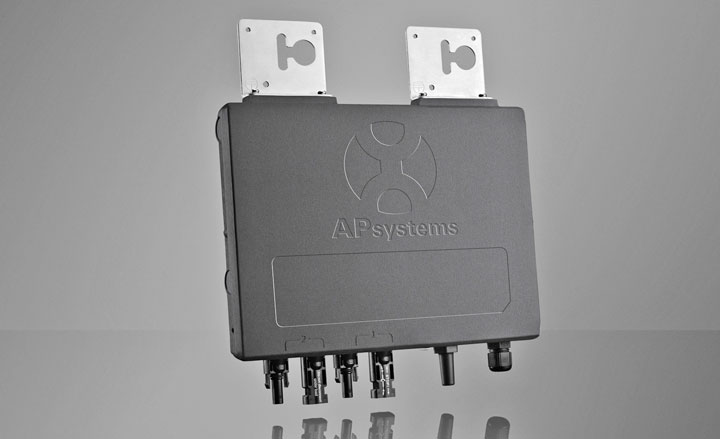
“The APsystems’ new YC600 looks to be the next big thing. It beats the Enphase IQ6-PLUS hands down in peak output power, number of units on a string, communication speed and MPPT voltage range,” Bailey says. “They’re calling it the most advanced solar microinverter in the world, and from what I’ve seen, they’re right.”
Proactive service solution
SMA is kicking off 2018 with a new and improved Power+ Solution 2.0, which builds on last year’s intriguing MLPE solution to provide even more speed and simplicity. One of the most significant improvements to the next generation Power+ Solution is a major reduction in system components within a new rooftop communication kit. This means faster installation, fewer potential points of failure throughout the system and less equipment to service. Additionally, a single plug-and-play communication connection speeds installation and reduces labor. The new Power+ Solution offers 50 percent faster commissioning within Sunny Portal. The solution also features SMA Smart Connected, a proactive service solution that can decrease truck rolls, lengthy service calls and system downtime, saving installers time and money and maximizing a homeowner’s power production.
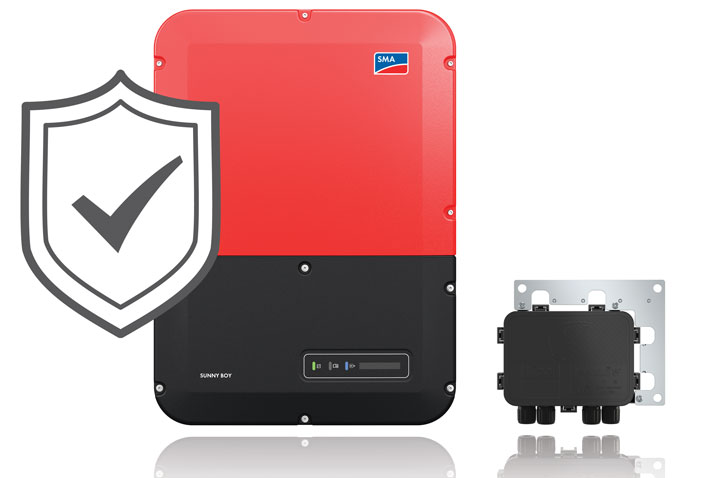
“For string inverters, we recommend SMA as they are a long-time, reliable, inverter manufacturer. Their recently released optimizer solution is very price competitive and reduces installation time and cost,” Kyler says.
“SMA and Tigo are competitive with SolarEdge but also more flexible — you don’t need optimizers and the MLPE have different levels of function depending on system needs,” Leone says.
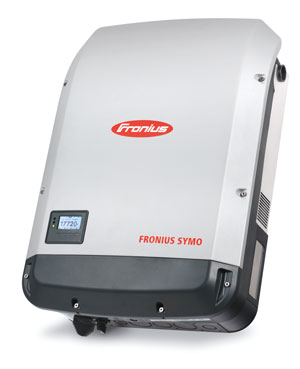 The integrated pair to watch
The integrated pair to watch
We first caught a glimpse of the new Fronius Symo Advanced at Solar Power International 2017, which was the first inverter out on the market with an integrated Power Line Communication (PLC) transmitter based on the recently published SunSpec Communication Signal for Rapid Shutdown. This industry standard is a multi-vendor and multi-device communication specification for inverters, modules and string combiners to support NEC 2014, NEC 2017 and UL 1741 module-level rapid shutdown requirements. Pair this with an all-new, low-profile Fronius Rapid Shutdown Box to meet NEC 2014 (690.12) and NEC 2017 (Array Disconnect) compliance, or skip that step and just pair it with modules that include cell-level optimizations like the Maxim chip to accomplish the same thing.
“Fronius inverters with Maxim-integrated modules offer the greatest cost-savings and energy production,” Schoder says.

Ton of options to fit your needs
Each distributor noted the trend of rail-less racking. All are noticing an increase in interest, but some are unsure if enough installers are focused on training a new strategy.

Jon Brinton, president, ECO Distributing LLC
“We have noticed an increase in rail-less systems recently. However, we are strong supporters of installers getting properly trained before moving to this type of racking system,” notes Brinton, from ECO Distributing.
Overall, McShea from Civic summed up mounting and racking best: “Not much changes in racking. Installers either want one of three things: 1) fast/easy install, 2) quality with good penetration protection, 3) cheap. And there are options for all of these needs.”
Agreed. Here are some of those options.
Commercial choice
A new commercial ballasted rooftop solution, Aerocompact is optimized for less ballasting than other systems, quick to install and, according to Brinton, includes excellent design software for project reports and calculations.
“There are many excellent choices when it comes to commercial racking solutions. However, Aerocompact excels when it comes to shipping quality components, while packing the most kW in a truck/container,” Brinton explains. “As we all know, this can be a large expense when pennies dictate winning or losing a project. This is the best price value available.”

“We’ve seen a lot of customers start to use Aerocompact’s low profile, one-high in landscape ground mount,” Leon adds. “This is essentially the same system design as their ballasted roof mount, and it is elevated 1 foot off the ground creating a low profile appearance. It can be attached with either ballast blocks or ground screws, and the turnkey cost is lower than most ground-mount solutions.”
Focus on the clamps
Several Unirac systems were mentioned by the distributors we polled. For rail systems, Brinton says Unirac Solarmount PRO is a complete solution with revolutionary universal mid and end clamps, FLASHKIT PRO flashing, full system UL 2703 certification and a 25-year warranty. “The new concealed end clamp is universal and comes with a rail end cap for better aesthetics,” he says. If you’re looking for rail-less, check out the Microrail.
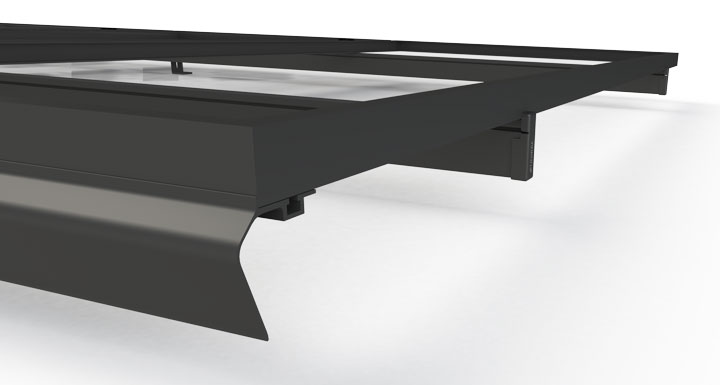
Brinton also likes Unirac’s GFT.
“GFT includes an easy-to-generate bill of materials, rail layouts, pre-assembled brace kits, lightweight foundations for pile-driven or cast-in-place design options and punched holes for guaranteed non-slip connections. This was designed to set the industry standard for utility-scale quality — now available for any project size.”
McShea from Civic says “Unirac RM10 has very few SKUs and a good cost.”
East-west design leader

Kyler says: “Everest’s D-Dome is by far our most popular flat-roof solution and for a good reason. There are many east-west flat roof copycats, but Everest has been innovating and perfecting the design. We believe Everest Solar Systems provides the most innovative and forward looking racking solution. Their constant innovation and simplicity of design at a hyper competitive price make it a great choice for all residential and commercial roofs. Everest Omega Clips are a great mounted wire management solution and clips right into the channel of the rail.”
All-in-one attachment
The FlashFoot2 from IronRidge is an all-in-one roof attachment for mounting XR Rails to composition shingle roofs. Its integrated design incorporates both structural and waterproofing features into a single assembly. This eliminates the need for separate standoffs, flashings and L-feet and reduces the overall number of installation procedures.
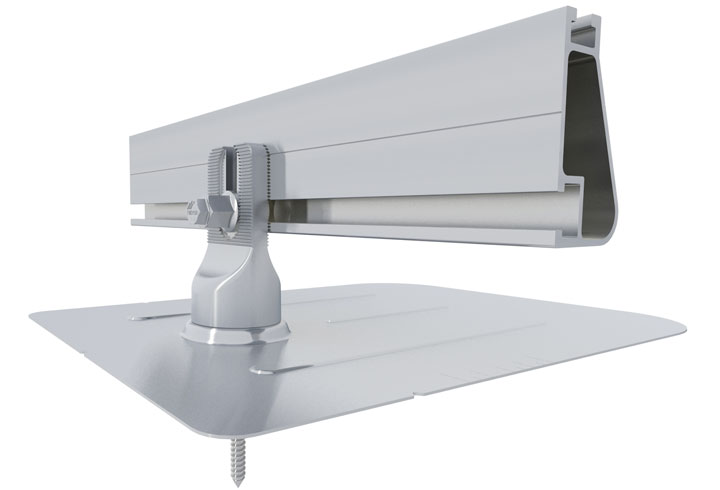
“From what I’ve sold, the IronRidge Flushmount is tops because of its reliability and quality and how simple it is to design and install,” McShea says.



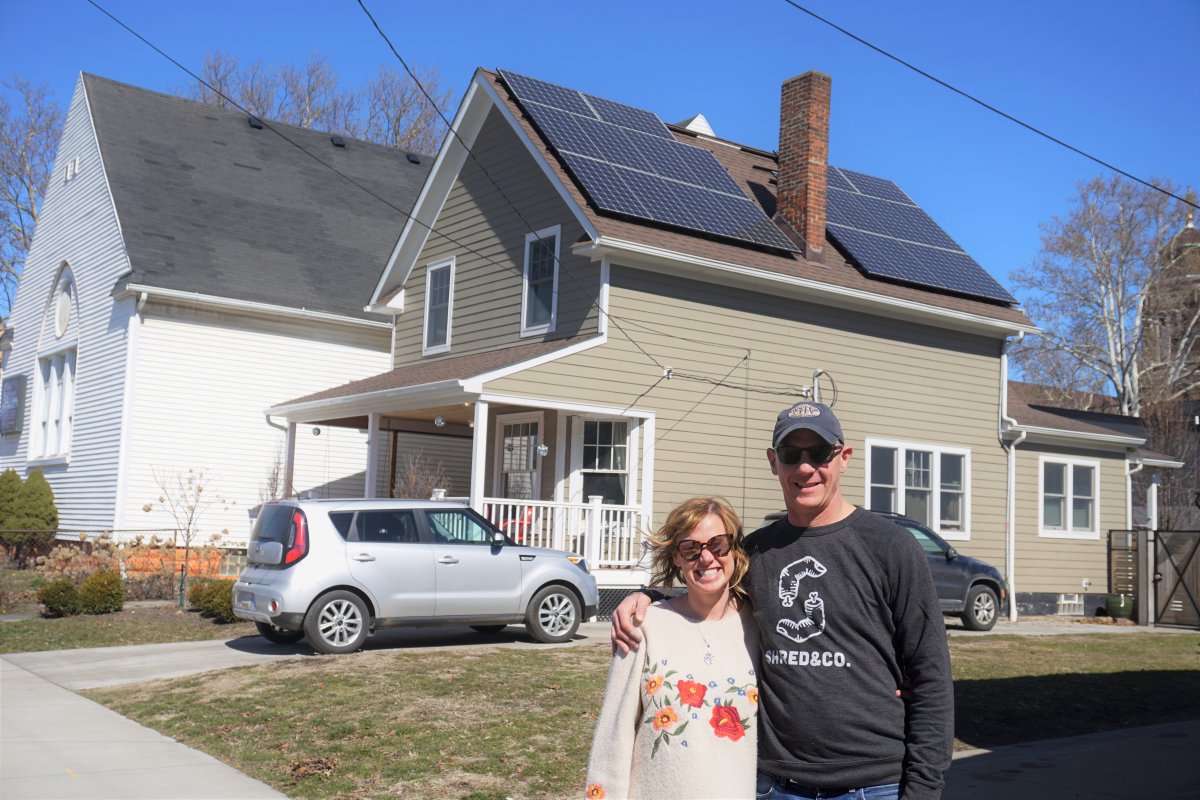

Comments are closed here.